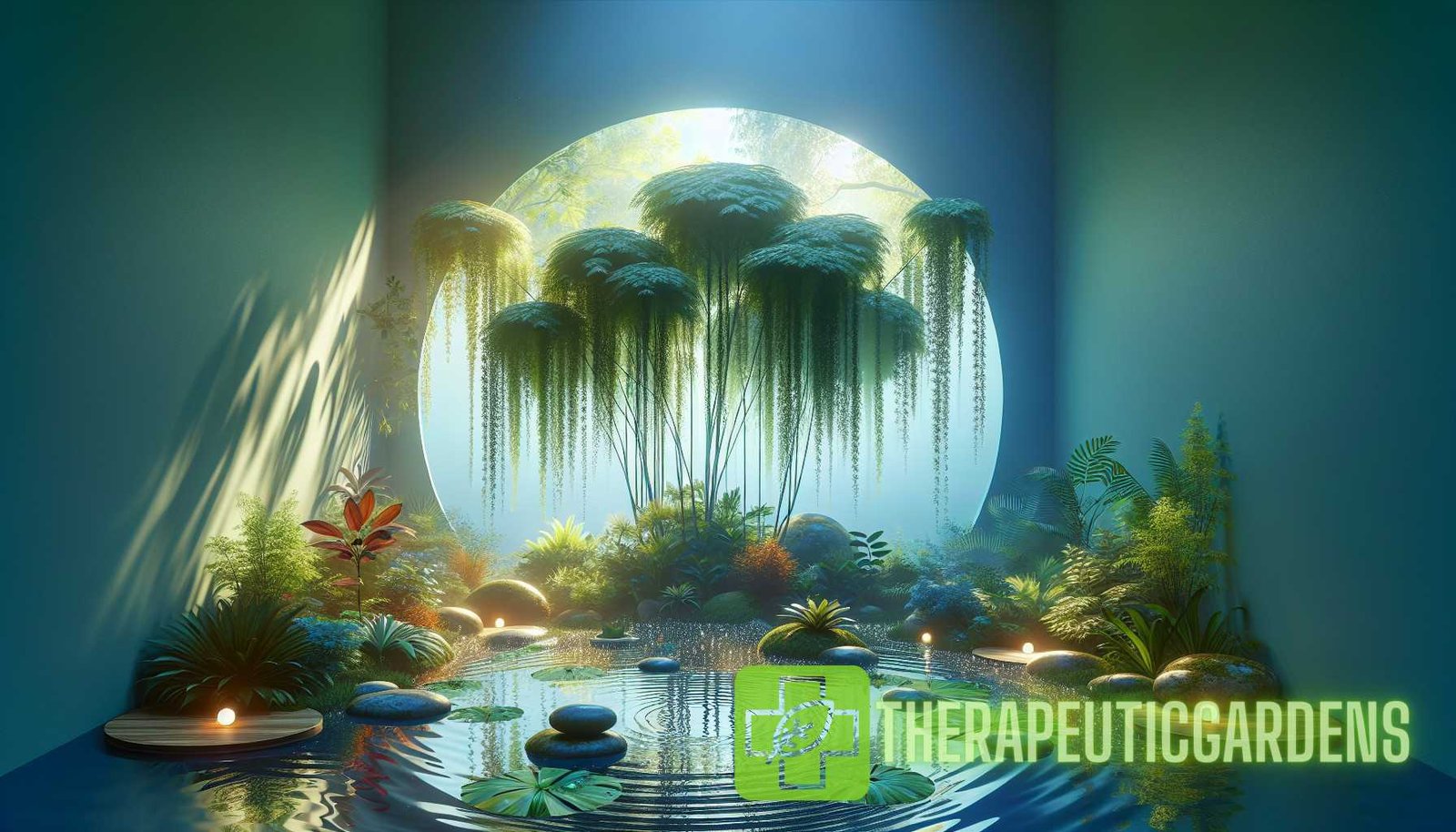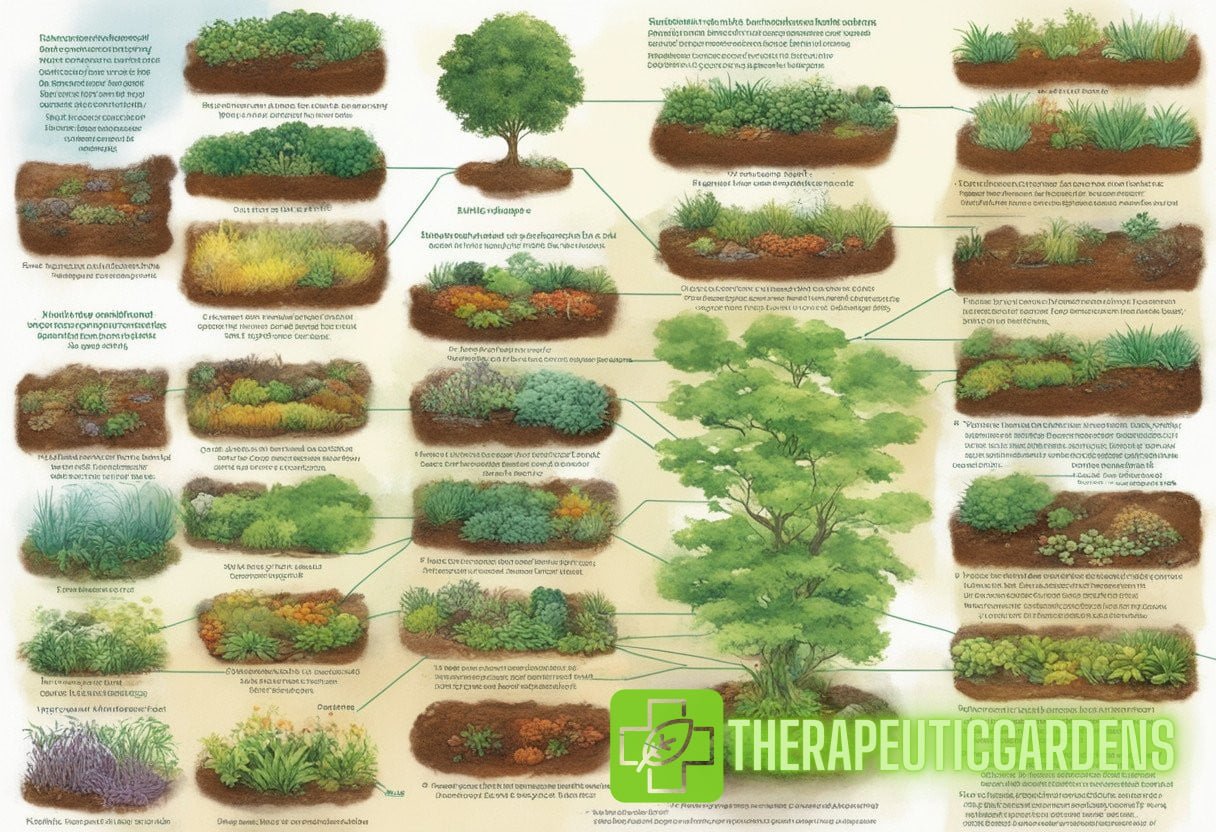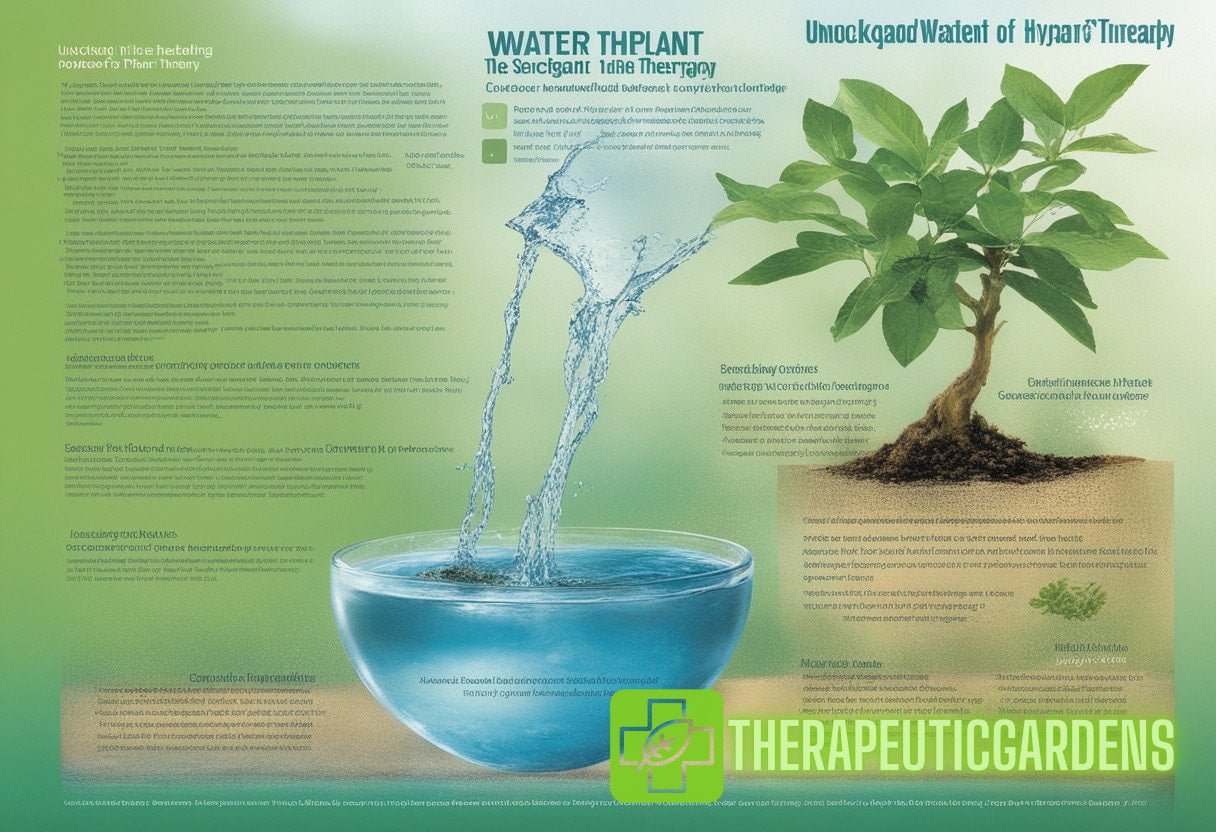The Aquatic Symphony: Unveiling the Harmonious Healing Powers of Water-Adapted Therapeutic Plants
Water is a source of life and has been revered for centuries for its healing properties. Countless cultures across the globe have recognized the power of water in promoting physical, mental, and spiritual well-being. In recent years, there has been a resurgence of interest in water therapy and the use of water-adapted therapeutic plants to enhance healing.
Water therapy, also known as hydrotherapy, involves the use of water in various forms, such as baths, showers, steam rooms, and pools, to promote health and well-being. It is believed to have a wide range of benefits, including pain relief, stress reduction, improved circulation, and relaxation. Water therapy can be complemented by the use of specific plants that have adapted to water environments and possess unique properties that enhance their therapeutic potential.
The Therapeutic Potential of Water-Adapted Plants
Water-adapted plants, also known as hydrophytes, are plants that have evolved to thrive in aquatic or semi-aquatic environments. These plants have developed unique survival strategies to adapt to waterlogged conditions. They possess specialized structures that allow them to extract nutrients, oxygen, and water from their watery surroundings.
Water-adapted plants have long been used in traditional medicine systems, such as Ayurveda, Traditional Chinese Medicine, and Native American medicine, for their therapeutic properties. These plants are rich in bioactive compounds, such as alkaloids, flavonoids, terpenoids, and saponins, which contribute to their healing effects.
Researchers have identified numerous water-adapted plants with potential therapeutic applications. Some of the most well-known water-adapted plants include:
- Lotus (Nelumbo nucifera): Lotus flowers and seeds have been used in traditional medicine for their anti-inflammatory, antioxidant, and analgesic properties. They contain compounds such as alkaloids, flavonoids, and tannins, which contribute to their healing effects. Lotus has been used to treat a variety of ailments, including digestive disorders, respiratory problems, and skin conditions.
- Water lily (Nymphaea species): Water lilies are known for their beautiful flowers and floating leaves. They have been used in traditional medicine for their diuretic, antidiabetic, and antimicrobial properties. Water lilies contain compounds such as alkaloids, flavonoids, and phenolics, which contribute to their therapeutic effects. They have been used to treat conditions such as urinary tract infections, diabetes, and gastrointestinal disorders.
- Water hyacinth (Eichhornia crassipes): Water hyacinth is a floating plant that is native to tropical and subtropical regions. It has been used in traditional medicine for its anti-inflammatory, antimicrobial, and antioxidant properties. Water hyacinth contains compounds such as alkaloids, flavonoids, and phenolics, which contribute to its healing effects. It has been used to treat conditions such as skin infections, respiratory problems, and digestive disorders.
These are just a few examples of the many water-adapted plants with therapeutic potential. Each plant has its unique composition of bioactive compounds, which gives it distinct healing properties. By harnessing the power of water-adapted plants, we can unlock a wealth of natural remedies that can support our health and well-being.
The Healing Power of Water
The therapeutic properties of water have been recognized for centuries. Water therapy is based on the principle that water has the ability to promote healing and balance in the body. Here are some of the ways in which water therapy can benefit our health:
- Pain relief: Immersion in warm water can help relieve pain by reducing inflammation, relaxing muscles, and improving circulation. Hydrotherapy has been used to manage conditions such as arthritis, fibromyalgia, and chronic pain.
- Stress reduction: Water has a calming effect on the body and can help reduce stress and anxiety. The sound of water, such as waves or running water, can have a soothing effect on the mind and promote relaxation.
- Improved circulation: Water therapy can improve blood flow and circulation, which is essential for delivering oxygen and nutrients to the cells and removing waste products from the body. It can help reduce swelling, promote healing, and improve overall cardiovascular health.
- Mental well-being: Water therapy can have a positive impact on mental health and well-being. It can help improve mood, reduce symptoms of depression and anxiety, and promote a sense of calm and balance.

Water therapy can be enhanced by the use of water-adapted plants, which can amplify the healing effects of water. These plants possess unique properties that make them ideal for use in therapeutic gardens and healing spaces.
Therapeutic Gardens: Creating Healing Spaces with Water-Adapted Plants
Therapeutic gardens are designed to promote healing and well-being through the use of plants, natural elements, and sensory experiences. These gardens can be created in various settings, such as hospitals, rehabilitation centers, nursing homes, and private residences.
Incorporating water-adapted plants into therapeutic gardens can enhance the healing environment and provide additional therapeutic benefits. Here are some ways in which water-adapted plants can be used in therapeutic gardens:
- Water features: Water-adapted plants can be used in ponds, fountains, and waterfalls to create a calming and soothing atmosphere. The sound of water can have a therapeutic effect on the mind and promote relaxation and stress reduction.
- Aquatic plantings: Water-adapted plants can be grown in ponds, water containers, or hydroponic systems to create a vibrant and visually appealing display. These plants can serve as focal points and provide a connection to the natural world.
- Herb gardens: Many water-adapted plants have medicinal properties and can be used in herb gardens. These plants can be grown for their leaves, flowers, or seeds, which can be harvested and used to prepare teas, tinctures, and other natural remedies.
- Sensory gardens: Water-adapted plants can be incorporated into sensory gardens, which are designed to engage the senses and promote relaxation and well-being. The textures, colors, and fragrances of these plants can provide a multi-sensory experience.
By incorporating water-adapted plants into therapeutic gardens, we can create healing spaces that promote physical, mental, and spiritual well-being. These gardens can provide a respite from the stresses of everyday life and offer a connection to nature and the healing power of water.
Conclusion
The healing powers of water-adapted plants are a testament to the incredible resilience and adaptability of nature. By harnessing the therapeutic potential of these plants, we can enhance our health and well-being in profound ways. Whether through water therapy, therapeutic gardens, or the use of natural remedies, water-adapted plants have much to offer in terms of healing and balance.
Disclaimer: This article is for informational purposes only and does not constitute medical advice. It is always recommended to consult a healthcare professional before starting any new therapeutic regimen.


